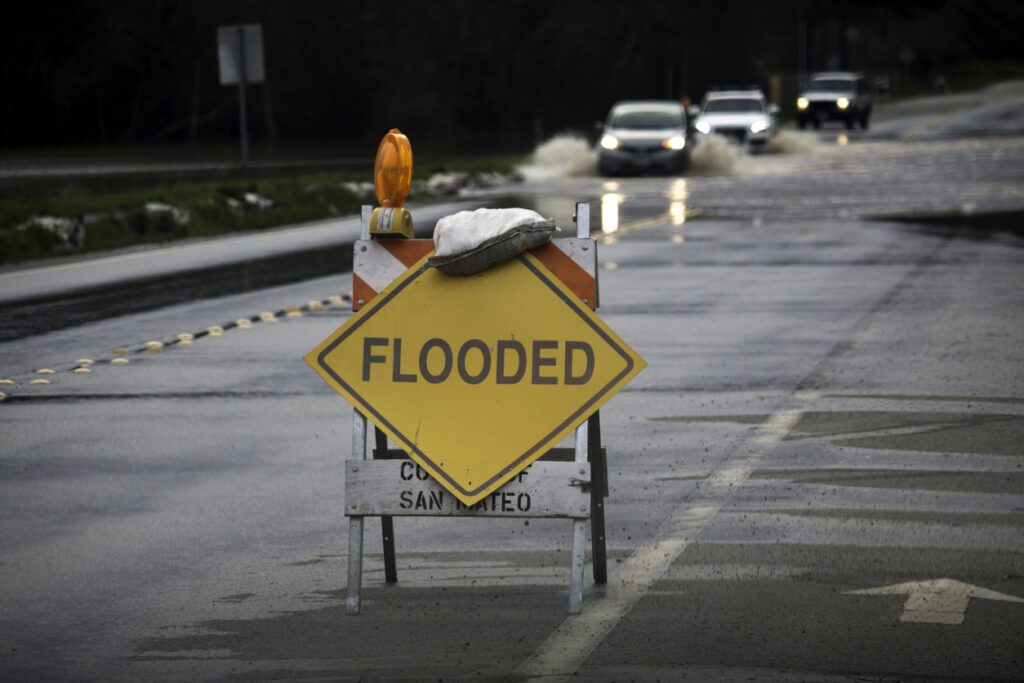Whoa, California is experiencing a series of back-to-back major storms, last week, a Cyclone Bomb followed the Atmospheric River. So, what is the difference between an Atmospheric River and a Cyclone Bomb?
1. Atmospheric Rivers (AR) are long, narrow bands of moisture that transport large amounts of water vapor from the tropics and subtropics. At the same time, Cyclone Bombs are intense low-pressure systems with a rapid drop in atmospheric pressure over 24 hours.
2. Atmospheric Rivers bring precipitation to coastal regions, while Cyclone Bombs bring precipitation inland and produce strong winds.
3. Atmospheric Rivers generally move along slowly, can last for days or weeks, and may travel thousands of miles, whereas Cyclone Bombs typically form quickly, last 24 hours, and do not travel far.
4. Atmospheric Rivers often result in heavy rainfall and snowfall due to their high water content, while Cyclones cause slower-rising water due to their low-pressure systems.
5. Atmospheric Rivers are much more common than Cyclone Bombs, while a Cyclone Bomb is a more extreme weather event that can cause flooding and other damage to infrastructure.
6. Atmospheric Rivers can help bring water to California’s reservoirs, which could benefit the region’s drought relief. However, it depends on how quickly the snowpack melts and how long the Atmospheric River lasts. Less sediment from melting snow can increase reservoir evaporation rates or even push rivers into the flood stage if runoff is not managed correctly.
7. The underground water tables around California have been declining over time due to less rainfall and reduced surface water flows, leading to an increased dependence on groundwater sources. Atmospheric Rivers may help bring water to the surface but will not directly impact underground aquifers. Long-term strategies such as managed aquifer recharge could be needed to replenish these sources.
These extreme weather events can bring both positive and negative impacts, so it is essential for California to monitor its water levels closely and take appropriate management measures when necessary to make the most of these opportunities without overburdening local infrastructure or ecosystems. The recent increase in our reservoir level due to Atmospheric River activity is certainly encouraging!
Thank you for reading this blog post, and if you have any questions or comments, please leave them in the Comments section below.
© 2019 I Don’t Know All The Answers, Nikki Mastro
All of my photographs and documents are Copyrighted.
Note: the featured picture for this blog post is from the iStock.com Library.

